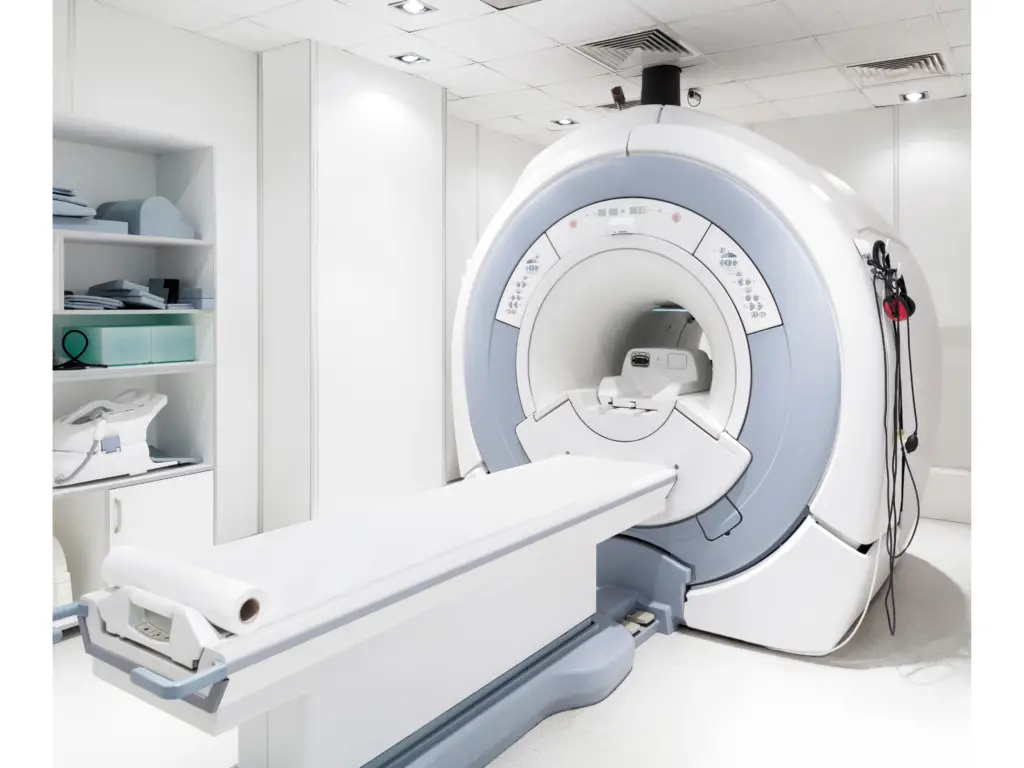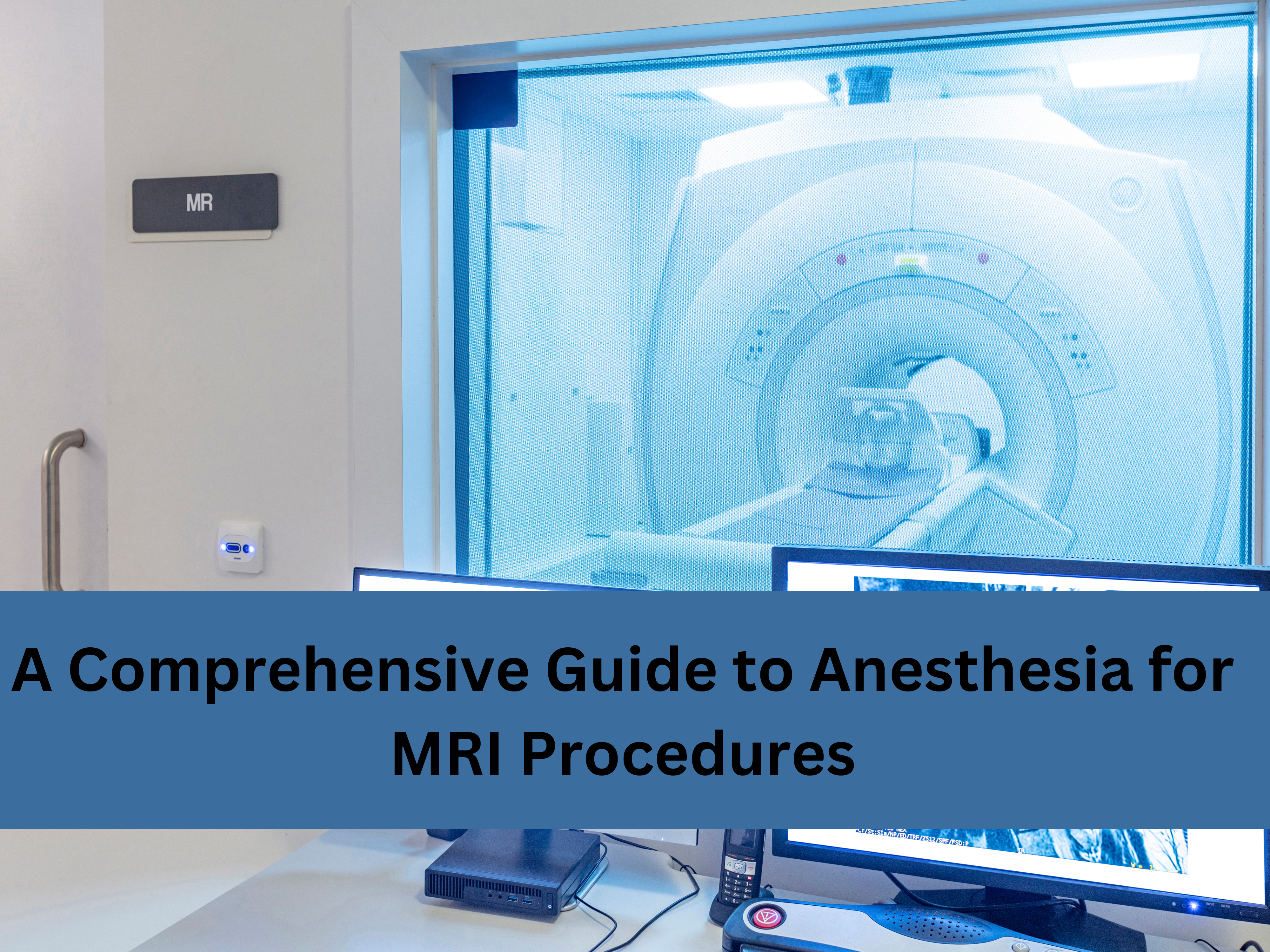Magnetic Resonance Imaging (MRI) is a crucial diagnostic tool that provides detailed images of the internal structures of the body. However, the process can sometimes be daunting for patients due to the enclosed space of the MRI machine or the necessity to remain still for an extended period. This is where anesthesia plays a vital role in ensuring the comfort and cooperation of the patients.
In this article, we will delve into the types of anesthesia used during MRI procedures, their administration, indications, authorization, and the spectrum of anesthetic care.
Types of Anesthesia
Sedation
Sedation helps patients relax during the MRI procedure. It induces a state of calmness, making the individual very sleepy, although they remain conscious to a certain extent. This type of anesthesia is usually the preferred choice for MRIs as it allows the patient to be somewhat responsive while alleviating anxiety and discomfort.
General Anesthesia
General anesthesia renders the patient completely unconscious and unaware of their surroundings. It’s a more intensive form of anesthesia used in cases where the patient cannot remain still or is extremely anxious.
Administration of Anesthesia
Oral Benzodiazepines
These can induce a calm state in patients. Moreover, They are easy to administer and can provide the necessary relaxation for individuals undergoing an MRI.
IV Sedation
Intravenous sedation is another method used to administer anesthesia. It provides a deeper level of sedation compared to oral benzodiazepines and is administered directly into the bloodstream for immediate effect.

Indications for Anesthesia
Pediatric Cases
Young children often find it hard to stay still during an MRI, making anesthesia a crucial aid in pediatric cases.
Managing Extreme Pain
Patients in extreme pain may require anesthesia to comfortably undergo an MRI procedure.
Ventilator Dependency
In cases where patients are dependent on ventilators, anesthesia is used to ensure they remain calm and still during the procedure.
Claustrophobia Management
Individuals with claustrophobia may find the enclosed space of the MRI machine terrifying. Anesthesia helps in managing this fear, making the procedure bearable.
Authorization of Anesthesia
Role of Imaging Physician
The use of anesthesia must be authorized in advance by an imaging physician to ensure the safety and appropriateness of its use.
Spectrum of Anesthetic Care
Levels of Sedation
The level of sedation required varies from moderate to deep depending on the patient’s needs.
Monitored Anesthesia Care
This involves continuous monitoring of the patient’s vital signs during the procedure to ensure their safety.
Ventilatory and Critical Care Support
In severe cases, ventilatory and critical care support is provided alongside anesthesia to ensure the well-being of the patient.
Conclusion
Understanding the types and administration of anesthesia, as well as the indications and authorization for its use in MRI procedures, is crucial for both healthcare providers and patients. It not only ensures the safety and comfort of the patients but also the quality of the imaging results.
FAQs
What is the primary purpose of using anesthesia during MRI procedures?
The primary purpose is to help patients remain still and relaxed during the procedure, which is essential for obtaining clear images.
Is general anesthesia commonly used for MRI procedures?
General anesthesia is usually reserved for cases where the patient is extremely anxious or unable to remain still.
How is anesthesia administered for MRI procedures?
Anesthesia can be administered through oral benzodiazepines or IV sedation, depending on the level of sedation required.
Who authorizes the use of anesthesia for MRI procedures?
The use of anesthesia must be authorized in advance by an imaging physician.
What does the spectrum of anesthetic care encompass?
It encompasses moderate sedation, deep sedation, monitored anesthesia care, general anesthesia, or ventilatory and critical care support.


